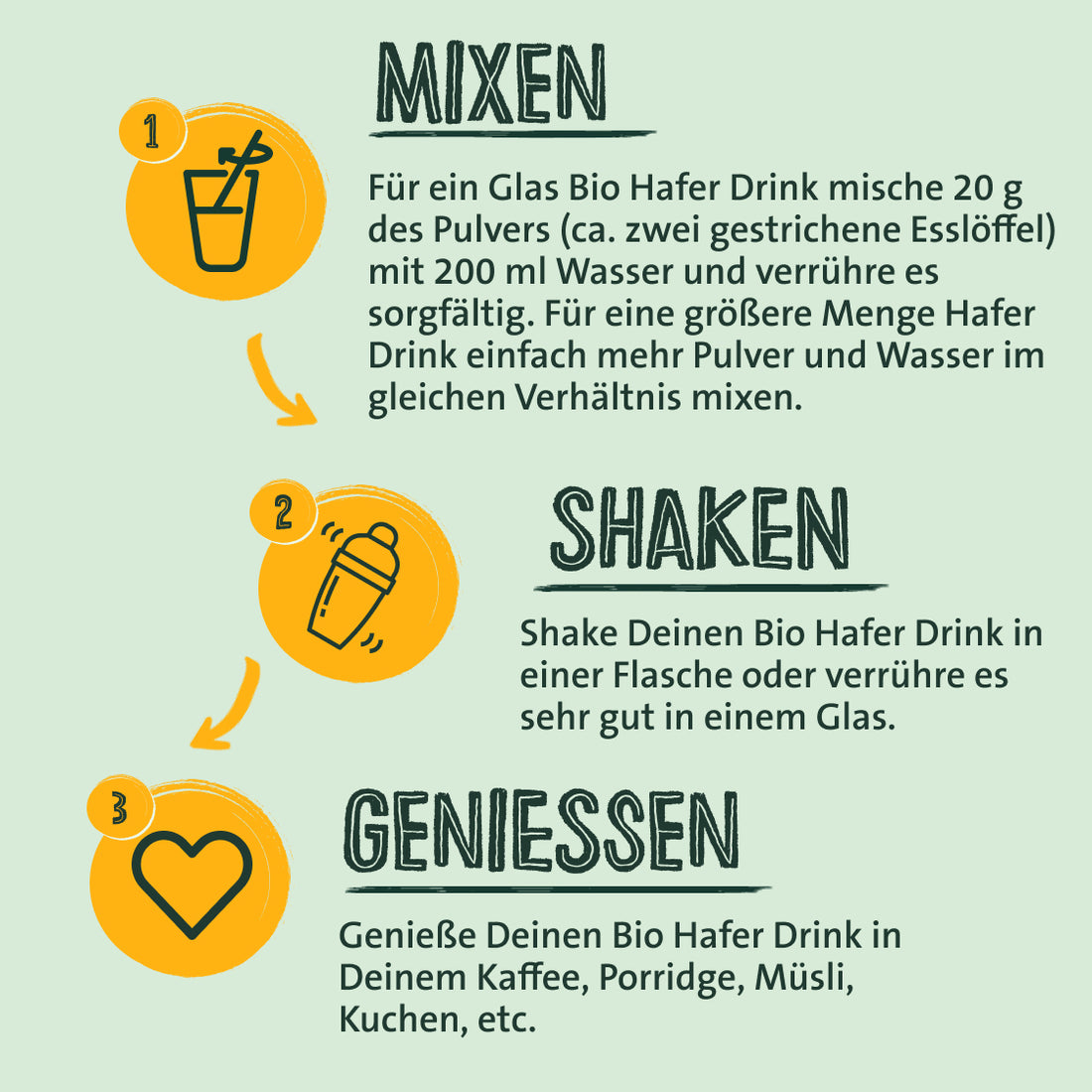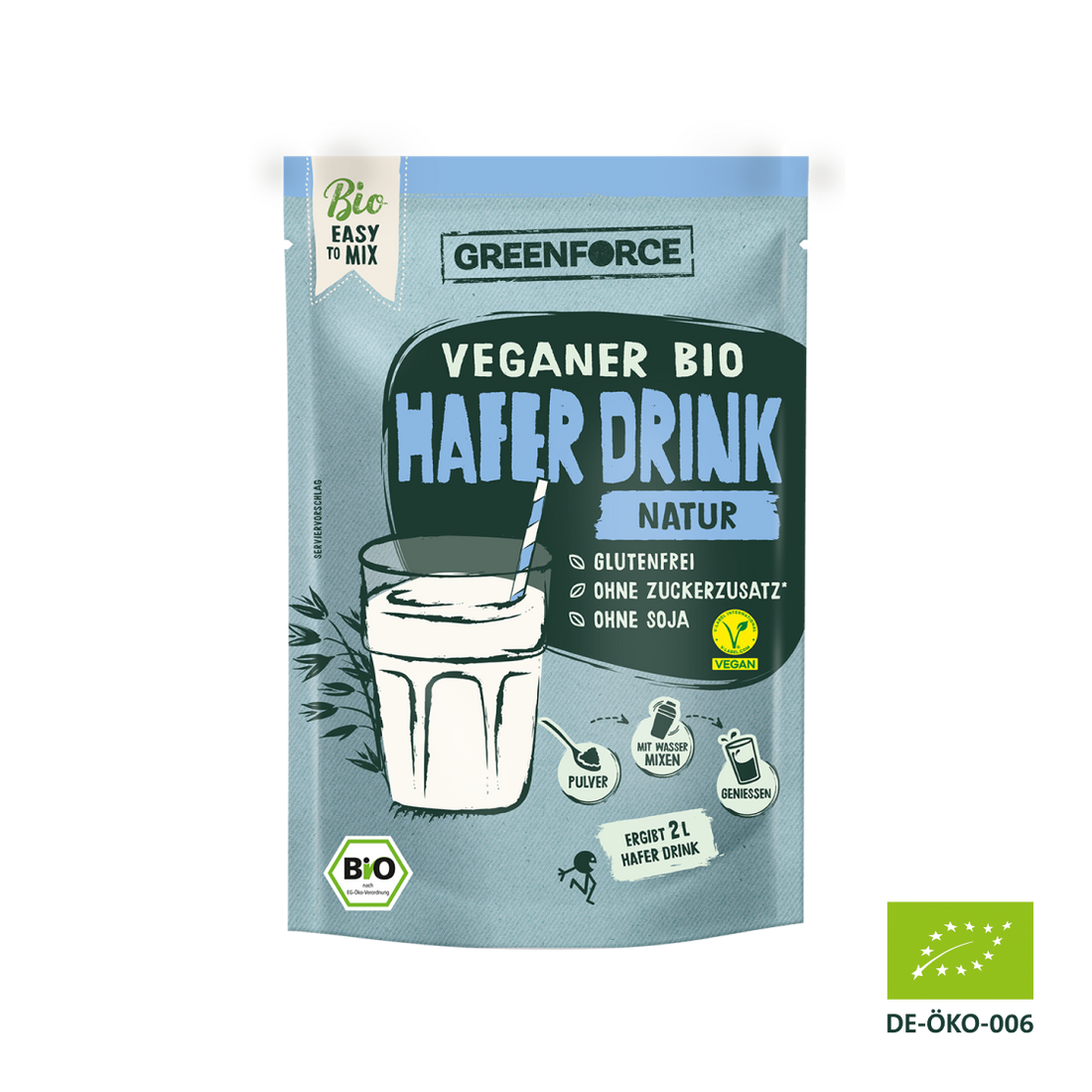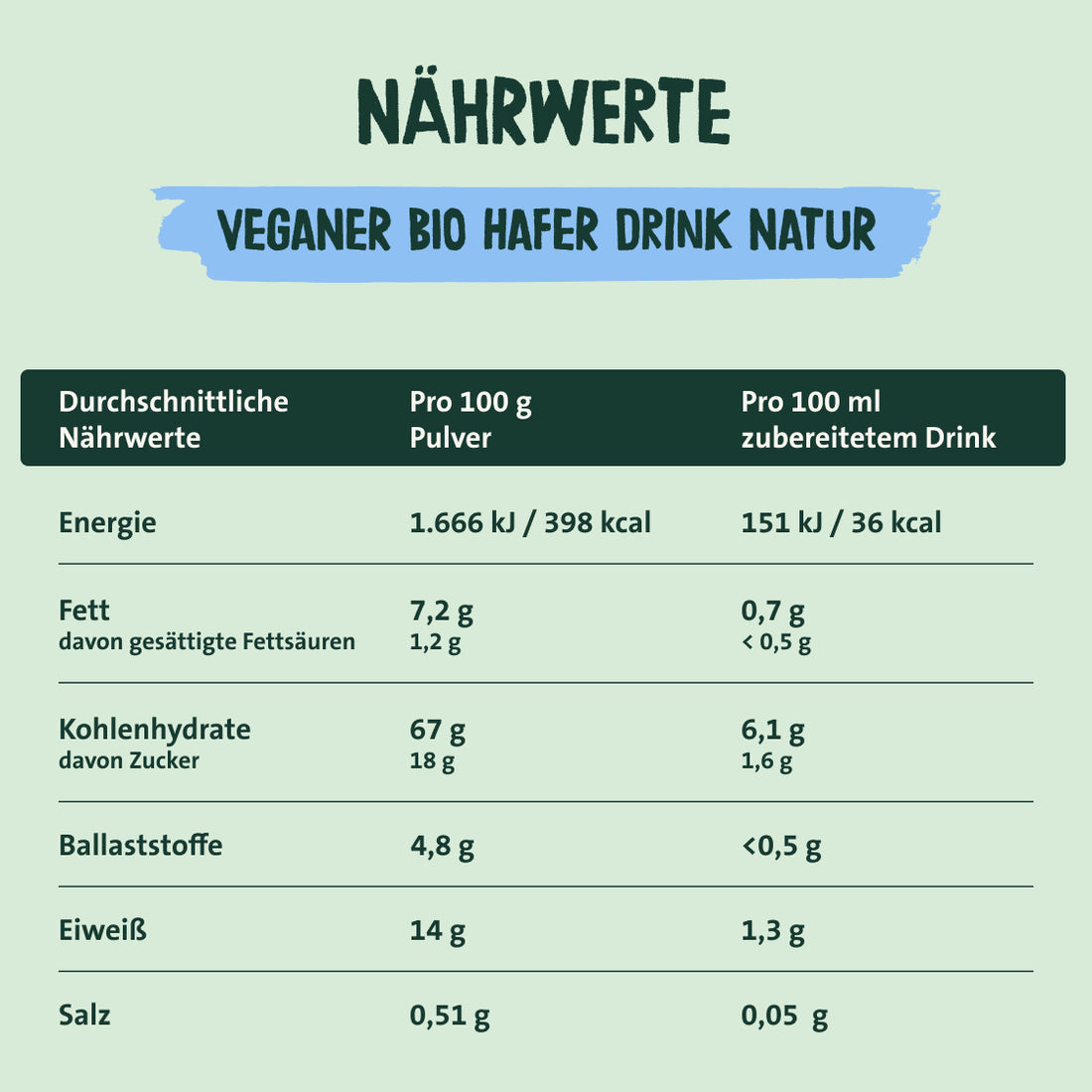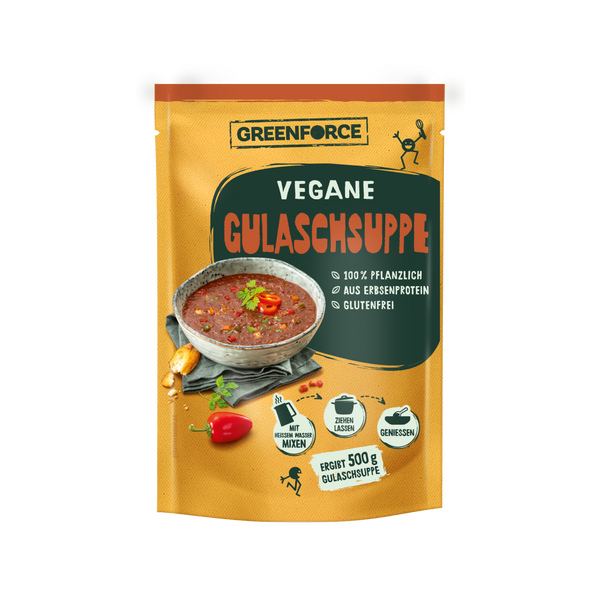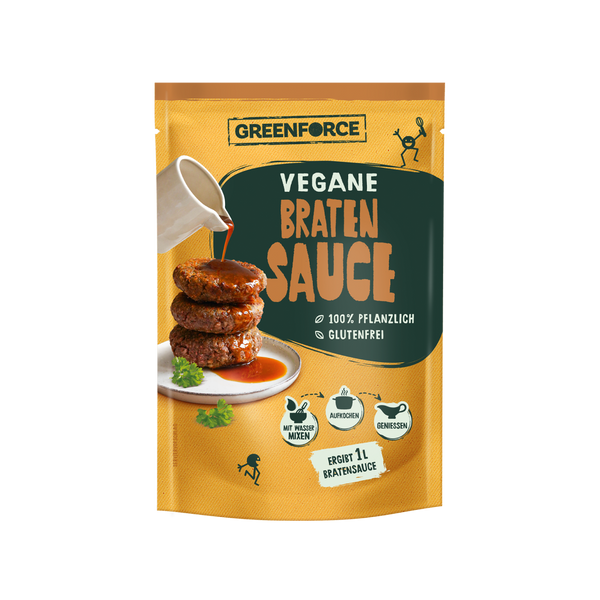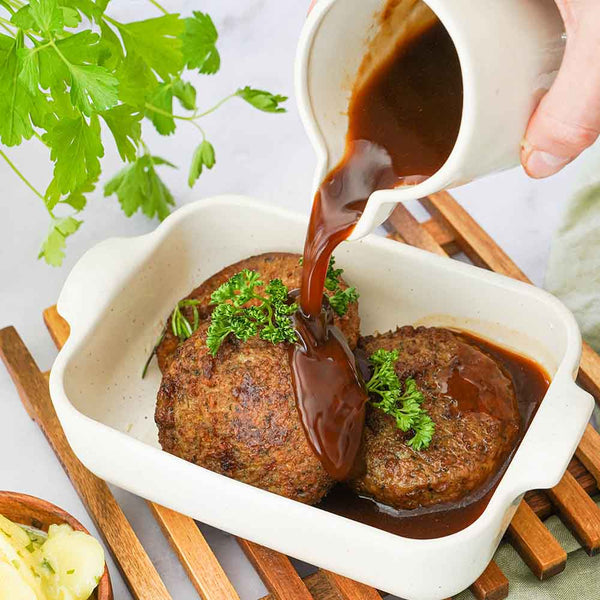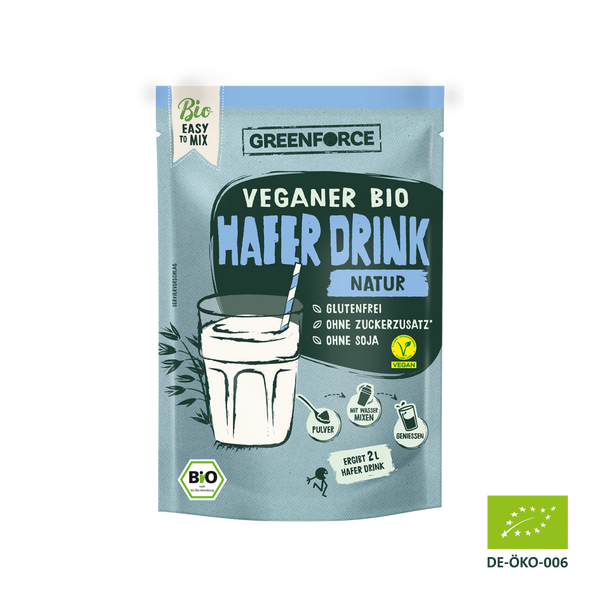Are you yourself affected by lactose intolerance ? Or do you know people who suffer from lactose intolerance ?
Then you will certainly not have missed a special phenomenon : people with lactose intolerance often suffer from obesity. However, weight gain is not actually one of the direct symptoms of lactose intolerance. Doctors, scientists and researchers don't really know how weight gain occurs and are still puzzling over the processes responsible for it.
The existing literature and topic-specific studies remain unclear and cautious regarding the connection between lactose intolerance and weight gain.
The tenor here : It could be that food intolerances and therefore lactose intolerance promote weight gain. But this also applies to the connection between lactose intolerance and weight loss .
However, it is also possible that lactose intolerance triggers other processes that ultimately lead to weight gain. What is clear, however, is that existing intestinal problems in some cases play a role in weight gain if you have lactose intolerance . Eating fatty foods or a lack of exercise can also cause weight gain.
1. Negative energy balance due to lack of exercise
Exercise is a crucial factor when it comes to gaining or losing weight. It is difficult for many people to overcome their inner weaker self and exercise regularly. It becomes even more difficult with stomach pain, nausea or, for example, joint and muscle pain.
In this case, many sufferers prefer the couch and cozy blanket. This is understandable, but fundamentally wrong. A lack of exercise usually results in higher calorie intake and reduced calorie consumption. Due to the negative energy balance, weight gain cannot be prevented.
2. Many lactose-free products also contain sugar and calories
Many people confuse the term “ lactose-free ” with “ sugar-free .” This way is not correct. Because the lactose is not completely removed. The majority of lactose-free products have the same sugar content as conventional products. So you also consume plenty of sugar and calories with lactose-free foods. If you are not careful in this regard, you risk gaining weight.
3. One-sided diet due to a reduced selection of food
In addition, a diet that is too unbalanced often acts as a booster for weight gain. This actually indirectly has something to do with your own intolerance to lactose. Because the intolerance ensures that your personal menu is greatly reduced.
To prevent your lactose intolerance from causing fatigue or gastrointestinal problems, you should avoid a large number of foods simply out of self-protection. This means that your diet quickly becomes one-sided.
However, this usually also affects your metabolism because you don't even consume many of the nutrients you need. If the metabolism does not function properly, this often leads to higher body weight.
4. Fatty and high-calorie food leaves its mark
The situation is similar with the energy balance. If you eat a diet that is too one-sided or incorrect, you will consume more calories per meal than you burn throughout the day. If this imbalance persists over the long term, you will immediately gain weight. Nutrition experts largely agree that poor energy balance is one of the biggest risks of weight gain.
5. Eating for frustration is also a risk factor for weight gain
How badly do you suffer from your intolerance to lactose? Is perhaps not eating a large number of food products or the intensity of symptoms also affecting you psychologically or mentally? If this is the case, it clouds the quality of life and leads to frustration. Many people react to constant frustration with the typical frustration eating. This is of course reflected by a higher weight when you step on the scales.
Those affected often notice or suspect that they have difficulty tolerating milk and dairy products. This feeling also represents a starting point for the diagnosis of the doctor. Therefore, a detailed questioning of those affected (anamnesis) is an important cornerstone of the diagnosis. If the suspicion of lactose intolerance is reinforced by the anamnesis, the treating doctors arrange for a more precise diagnosis preferably a strictly lactose-free diet under the guidance of a specialist.
 Germany
Germany
 Austria
Austria
 Switzerland
Switzerland
 Netherlands
Netherlands
 Belgium
Belgium
 Luxemborg
Luxemborg







